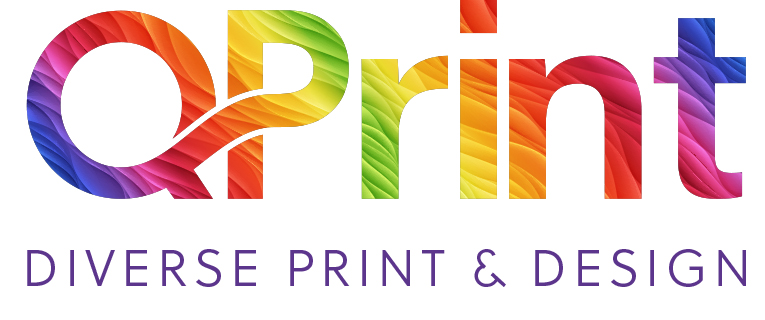In today’s digital-first world, many small business owners overlook the power of print marketing. Yet when executed strategically and as part of your overall marketing campaigns, print campaigns can deliver an exceptional return on investment (ROI) that often outperforms digital alternatives. The key lies in smart optimisation rather than big budgets. When working on a print campaign, we tap into years of experience to ensure it is as efficient and streamlined as possible. In this month’s blog we are breaking down the four ways optimisations we use to ensure we maximise ROI for our clients.
Define Clear, Measurable Goals
Are you driving footfall traffic into your store? Generating leads for a service? Promoting a seasonal sale? Before any design work begins, it’s important to establish specific objectives for your print campaign. Clear goals enable you to choose the right print materials and measure success effectively. Remember, a local restaurant promoting a new lunch menu will need different materials compared to a financial consultancy firm seeking new clients.
Know Your Audience
Successful print campaigns start with understanding the target audience. Once you know your audience and where you are likely to find them, you can start tailoring the message, visuals, type of material needed and where you are going to distribute them. For example, a fitness studio targeting busy professionals might find success with strategically placed flyers in a nearby coffee shop during the morning rush hour, yet a marketing consultant might need brochures for exhibitions or networking events.
Integrate Print and Digital
The most successful marketing campaigns blend print and digital elements seamlessly. This integration creates multiple touchpoints and makes tracking campaign effectiveness much easier. It also means that every print piece should serve multiple purposes. By maximising your investment you can turn necessary materials into marketing opportunities.
Here are some ways you can integrate digital marketing into your print campaigns:
- QR codes on flyers at exhibitions can drive traffic to exclusive online offers.
- Social media handles on business cards encourage digital connections.
- Direct mail pieces can promote special discount codes for online purchases.
- Invoices could promote referral programs.
- Flyers given out at events could include a QR code to your diary to book a call.
Track and Measure Results
The piece of the puzzle that often gets forgotten when creating a marketing campaign is the review and follow up piece at the end. Many businesses fail to track their print campaigns properly, making ROI optimisation difficult to measure. To track your ROI use unique discount codes or specific landing pages for each print piece. This will allow you to monitor which materials generate the most responses and adjust future campaigns accordingly. For example, if no one makes a purchase using your unique discount code then its sign you need to review the proposition, the design and where you are distributing that campaign.
In Conclusion
Whilst print can require a slightly larger budget vs digital marketing solutions, there is no doubt that in a digitally driven world print marketing can achieve good cut through. When approached strategically, print remains a powerful tool for small businesses to use, to connect with their ideal client. By focusing on SMART goals, having a clear understanding of your target audience and measuring results, you can create print campaigns that deliver measurable returns and sustainable business growth.
Sound good? Get in touch to arrange a no obligation discovery call to learn more and see how we can help you to get started.
